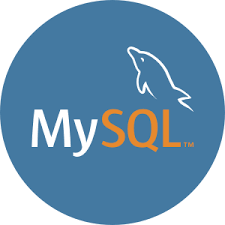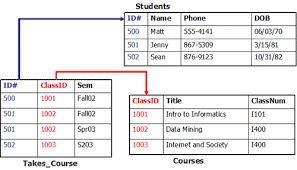What is MySQL?

MySQL is currently the most popular database management system software used for managing the relational database. It is open-source database software, which is supported by Oracle Company. It is fast, scalable, and easy to use database management system in comparison with Microsoft SQL Server and Oracle Database. It is commonly used in conjunction with PHP scripts for creating powerful and dynamic server-side or web-based enterprise applications.
It is developed, marketed, and supported by MySQL AB, a Swedish company, and written in C programming language and C++ programming language. The official pronunciation of MySQL is not the My Sequel; it is My Ess Que Ell. However, you can pronounce it in your way. Many small and big companies use MySQL. MySQL supports many Operating Systems like Window, Linux, MacOS, etc. with C, C++, and Java languages.
MySQL is a Relational Database Management System(RDBMS) software that provides many things, which are as follows:

- It allows us to implement database operations on tables, rows, columns, and indexes.
- It defines the database relationship in the form of tables (collection of rows and columns), also known as relations.
- It provides the Referential Integrity between rows or columns of various tables.
- It allows us to updates the table indexes automatically.
- It uses many SQL queries and combines useful information from multiple tables for the end-users.

In the above example, we have 3 tables and they are Students, Takes_Course and Courses.
Three tables are connected together using same column and this is relational database.
RDBMS Terminology
Before we proceed to explain the MySQL database system, let us revise a few definitions related to the database.
- Database − A database is a collection of tables, with related data.
- Table − A table is a matrix with data. A table in a database looks like a simple spreadsheet.
- Column − One column (data element) contains data of one and the same kind, for example the column postcode.
- Row − A row (= tuple, entry or record) is a group of related data, for example the data of one subscription.
- Redundancy − Storing data twice, redundantly to make the system faster.
- Primary Key − A primary key is unique. A key value can not occur twice in one table. With a key, you can only find one row.
- Foreign Key − A foreign key is the linking pin between two tables.
- Compound Key − A compound key (composite key) is a key that consists of multiple columns, because one column is not sufficiently unique.
- Index − An index in a database resembles an index at the back of a book.
- Referential Integrity − Referential Integrity makes sure that a foreign key value always points to an existing row.

No comments:
Post a Comment